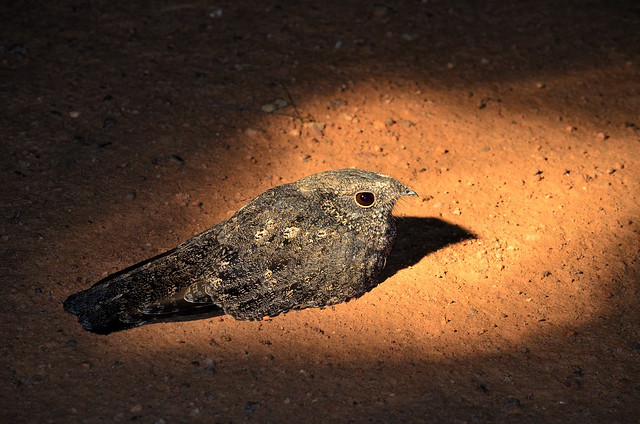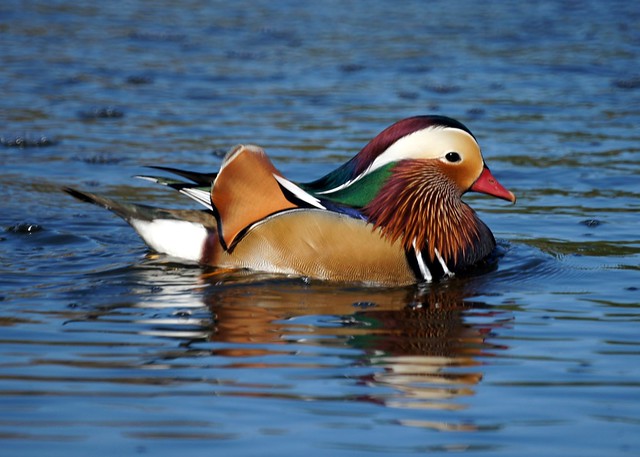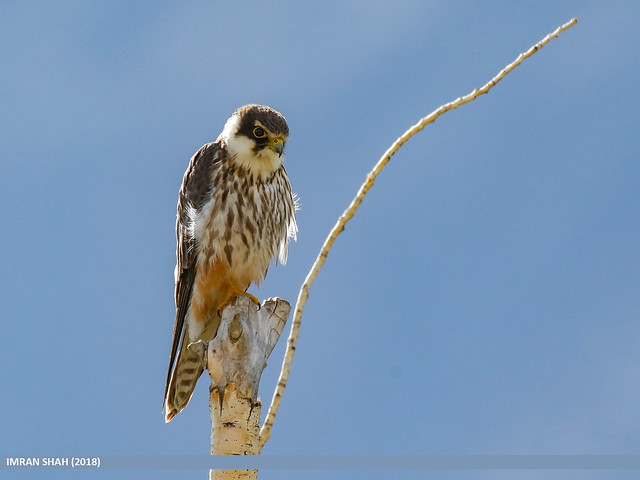The United Kingdom’s New Forest National Park is a nirvana for around 100 species of birds. The reason it is such an avian stronghold is because of its varying habitats and warmer temperatures, which mean that many species of birds thrive here. The park includes heathlands, woodlands, wetlands, bogs and coastline, all of which allow birds to flourish, including rare and endangered species.
We have put together some of the birds that can be spotted in the different habitats throughout the New Forest, perfect for causal bird spotters, fledgling twitchers, and avian enthusiasts.
Heathlands
Lowland heathland is a globally rare habitat, which is one reason why the New Forest is such an important area for wildlife conservation. The heathland in the New Forest is dry and warm with plenty of insect snacks, making this environment perfect for ground nesting birds in particular. Some rare species of birds who were on the brink of extinction are now thriving in this habitat.
Visitors are asked to ensure they either keep dogs on leads or leave them at home during summer on the heathland to ensure the safety of birds, their nests and their fledglings.
Nightjar

A nightjar. Image credit Sumarie Slabber, CC BY-SA 3.0.
It seems not all birds want to wake early enough to catch the worm. Nightjars are a nocturnal species of bird who spend their days resting, only to emerge at dusk.
These ground nesting birds are not year-round residents in the New Forest, but visit from Africa during the summer months (mid-May to August). They sport feathers of mottled browns and grays, keeping them superbly camouflaged to protect them from predators while they nest on the ground.
Many avian enthusiasts flock to these areas during the summer to hear the nightjar’s beautiful, albeit eerie, churring song. They are not easy to spot, but if you wish to catch a peek at these amazing creatures visit the open heaths such as Beaulieu Road Heath, bring a torch and wait for their song to start.
Dartford warbler

Dartford warbler. Image credit Airwolfhound, CC BY-SA 3.0.
The Dartford warbler is the perfect example of a species of bird that has the New Forest to thank for its rising numbers. Although still amber listed, according to the latest Hampshire Biodiversity Information Centre (HBIC) report, the number of breeding pairs of Dartford warblers has been found to be increasing.
Unlike other types of warblers who migrate to Africa in the winter, the Dartford warbler chooses to stay in the UK, a habit that nearly caused their number to almost completely deplete in the 1960s, when there were only 11 breeding pairs in the entire UK. However, thanks to warmer winters, they have been able to thrive and rebound.
Twitchers can identify male warblers because of their crimson underside and steel grey upper body. They are easily distinguishable on the New Forest heathland, as they are the only tiny grey bird with a long tail in this area.
Woodlands
The ancient and ornamental woodlands in the New Forest National Park contain a mixture of native species of trees and bushes such as oak, beech and holly, spanning 144 square miles.
There are areas of the New Forest woodlands that have remained predominantly untouched by humans for hundreds of years, giving many birds the space and peace needed to flourish. Although many of the woodland birds here are commonly spotted throughout the UK, there are some species that are less frequently seen and are a draw for birdwatchers.
Redstarts

Redstart. Image credit hedera.baltica, CC BY-SA 3.0.
Like nightjars, redstarts also visit the UK from Africa during the summer, breeding here starting in late March and returning south again in September.
As with many types of birds, the males are the most vibrant and attractive. The male restart boasts being one of the UKs most colorful birds. Although quite common, they are fairly elusive, often opting to remain high in the canopy. When spotted, people admire his plumage, which is a rich mix of oranges, grays, blacks and whites. Female redstarts are predominantly grey-brown with only a hint of orange.
Although these birds enjoy snacking on insects high up, they also enjoy taking to lower air to swoop and snatch invertebrates. Their presence is indicated by their song, which is described as a quick snatch of notes that fade into a tinny jangle.
Honey buzzard

Honey buzzard. Image credit Radovan Václav, CC BY-SA 3.0.
The honey buzzard is another amber listed bird that is found in the New Forest. They are currently protected under the Countryside Act of 1981.
They are large birds of prey who to the untrained eye can be confused with the common buzzard. However, they have a few distinguishing features, for example a longer tail and slimmer neck. This is another bird that only spends summer in the UK, spending their winter in tropical Africa. The few breeding pairs that spend the summer months here are largely restricted to undisturbed woodland with open glades.
Their main food source is the larvae of wasps and bees. They will follow individual insects back to their nests and use their claws to pry the nest open to feast. This choice of prey does not come without its risks, which is why honey buzzards have especially dense, almost scale like feathers that protect them from stings.
Ponds, wetland and bogs
These habitats are arguably the most important in the New Forest and have been a massive driving force to getting the National Park recognized as a Special Area of Conservation.
Not only do many of the bogs and ponds here provide fresh water for grazing mammals, but they also invite a host of insects, providing a rich food source for many of the birds and other creatures who live in the New Forest.
Mandarin duck

Male mandarin duck. Image credit Mike’s Birds, CC BY-SA 3.0.
Unlike the common mallard you are likely to spot at your local pond, the mandarin duck is not a native species, having been introduced to this country from China.
The males are among some of the most exotic species found in the wild in the UK. their plumage is a mix of cinnamon, orange, black, and white with a splash of green. The colorful look is topped off with a dark red bill. Females are muted in comparison to their male counterparts, only sporting the usual shades of brown, black and white often seen on female birds.
What makes these ducks extremely interesting is that they do not nest on the ground like most species of duck, choosing instead to build their nests in natural cavities such as tree holes. Soon after their ducklings hatch the female duck flies from the tree to persuade her young to follow. They then make their journey to the nearest body of water, which can sometimes be kilometers away. The male duck, who doesn’t help during incubation, then returns to his family to help protect the ducklings.
Although these ducks nest in trees, they are found on bodies of water, often choosing to hide beneath the foliage of overhanging willows.
Hobby

Hobby. Image credit Imran Shah, CC BY-SA 3.0.
Although not an endangered species in the south of England, the hobby can be difficult to spot and observe, making it frustrating for bird spotters to truly appreciate this bird of prey. The New Forest, however, gives the opportunity to do so from mid-April to the end of September. Hobbies can regularly be seen taking advantage of the abundance of dragonflies and other flying insects who frequent the bogs in this area of the National Park.
A hobby is similarly sized to the more regularly spotted kestrel, with similar mannerisms to a falcon, such as hovering. They have a slender body with a short tail and pointed wings. The hobby’s upper parts are a dark color, which contrasts its lighter underbelly with distinctive streaking.
Their diet does not wholly consist of insects either; these predators will also feast on smaller birds such as swifts and swallows, who are usually chased, plucked and eaten on the spot, but can also be taken to the nest.
There you have it! if you are just starting out your career as a twitcher, the New Forest should definitely be on your list of places to visit.
Featured image: heather in bloom on the lowland heathlands in New Forest National Park. Image credit Ragamuffin Brian, CC BY-SA 3.0.





